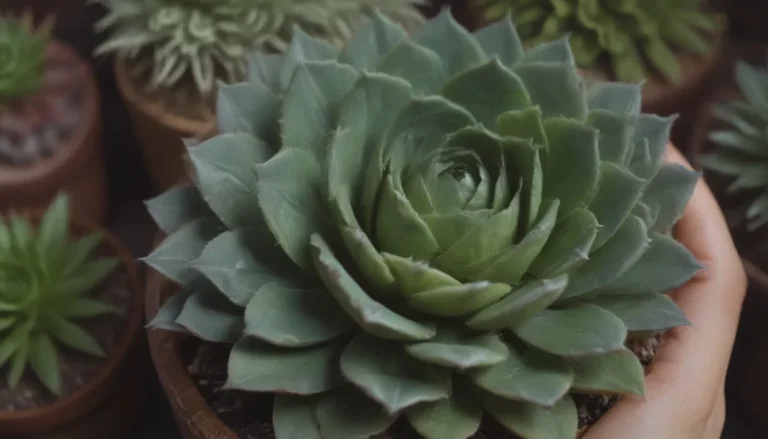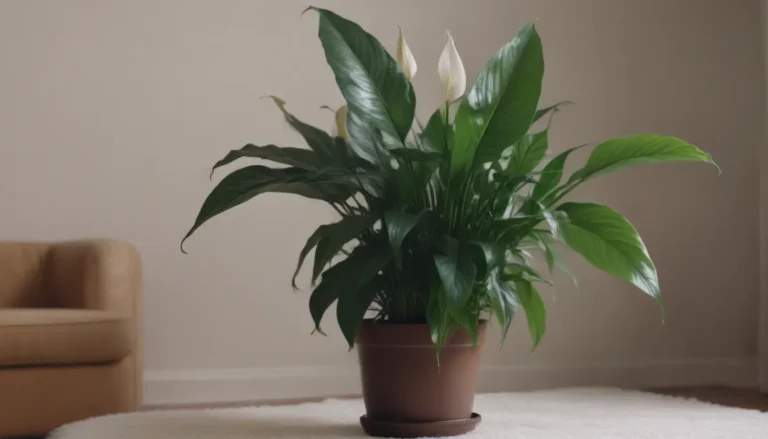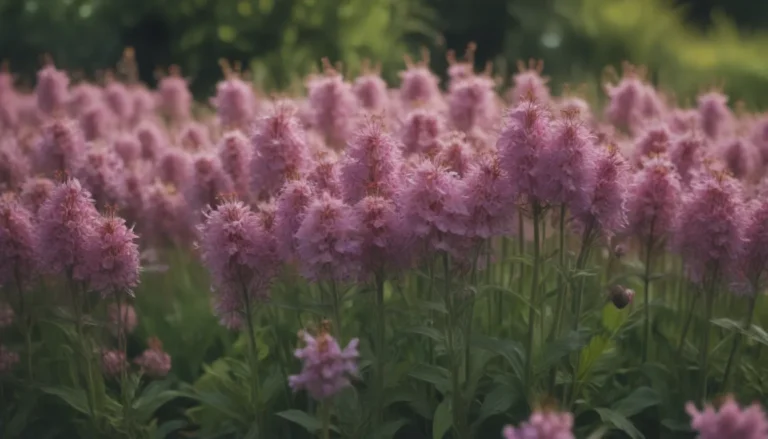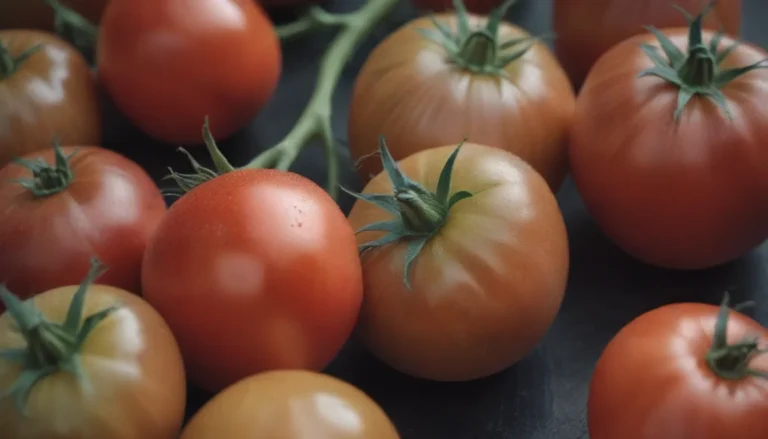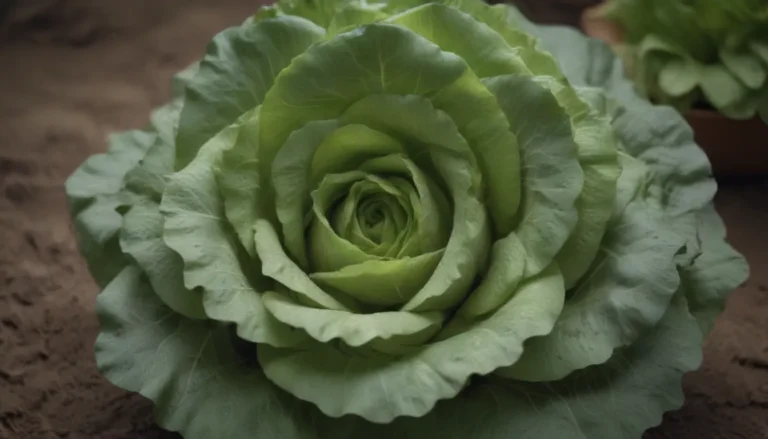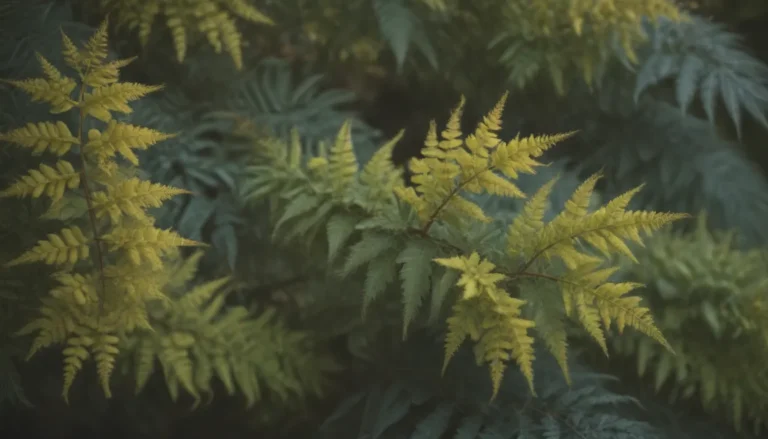A Complete Guide to Growing and Caring for Peanut Plants
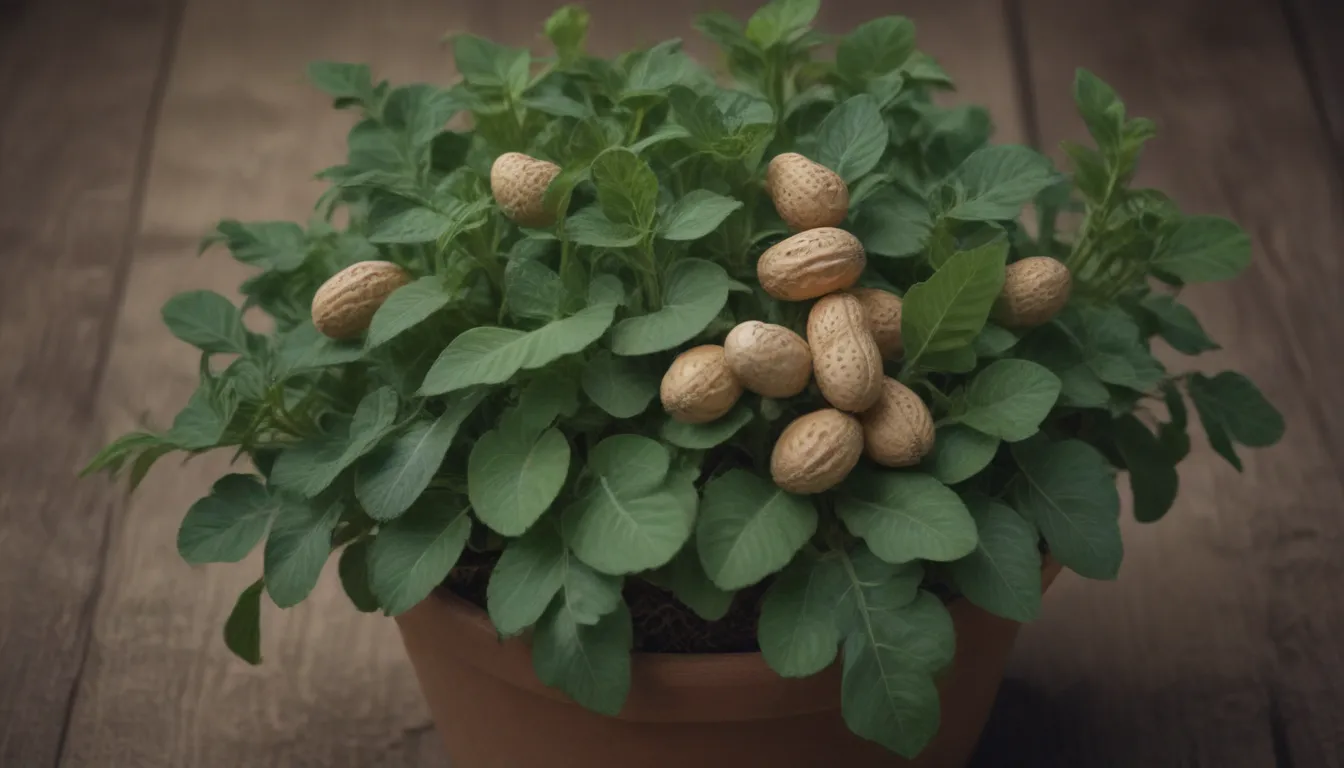
Peanuts are a beloved snack enjoyed by many, but did you know that they are not actually nuts? They are the underground seeds of a tropical legume plant that is closely related to peas and beans. Growing peanuts can be a unique and rewarding experience, as these plants have a fascinating growing habit. While the yellow flowers bloom above ground in the traditional way, the fruit and seeds develop at the end of live shoots called “pegs,” which grow down into the ground. The peanut clusters are the fruits that form at the ends of these pegs.
Understanding Peanut Plants
Peanuts have a long growing season and are typically grown in warmer climates, but it is possible to grow them indoors as well. These annual plants are usually planted from seeds (shelled peanuts) in the spring after the last frost and are ready to be harvested in the early fall. They require roughly 150 days to produce edible peanuts, although there are early maturing varieties that need less than 100 frost-free days.
Growth Stages of Peanut Plants
The National Peanut Board outlines the following stages in the planting, growth, and harvest of peanuts:
– Planting
– Peanut cracking the soil
– Flowers appearing
– “Pegs” extending into the soil
– Plants being harvested
– “Combining” separates peanuts from stems
Tips for Caring for Peanut Plants
If you live in an area with long, warm summers and at least 120 to 150 frost-free days, you are in an ideal location to grow peanuts. Peanut plants thrive in USDA hardiness zones 8-11. Here are some essential tips for caring for your peanut plants:
Light
Peanuts require full sun for at least eight hours per day to thrive.
Soil
Peanuts grow best in loose, well-drained sandy loam with slightly acidic soil (pH range of 6.0–6.5). Avoid poorly drained and hard clay soil. Do not plant peanuts in an area where other legumes (beans or peas) have been grown in the past.
Water
Peanuts need about 1 inch of rain or irrigation per week during the growing season. Watering is crucial immediately after planting and again when the pegs have entered the soil and are filling with peanut clusters. Stop watering the plants 10 days to two weeks before harvesting. Avoid wetting the leaves when watering and use drip irrigation if possible.
Temperature and Humidity
The ideal growing temperature for peanuts is between 86 and 93 degrees Fahrenheit. Slightly humid conditions are beneficial while the plants are growing, but a period of dry weather is required before harvesting.
Fertilizer
Peanuts need calcium in the upper 6 inches of the soil where the pods grow. Amendment with bone meal or another source of calcium at the time of planting can help with this. Peanuts fix their own nitrogen in the soil if rhizobium bacteria are present. If planting in a new location where peanuts have never been grown before, consider adding a peanut inoculant to the soil to stimulate nitrogen fixation. Be cautious with fertilizer application, as peanuts are highly susceptible to fertilizer burn.
Types of Peanuts
There are various types of peanuts that you can grow, including:
– Valencia peanuts
– Spanish peanuts
– Virginia peanuts
– Runner peanuts
How to Grow Peanuts From Seeds
To grow peanuts, you can shell ordinary raw, uncooked peanuts for the seeds needed. While raw grocery peanuts can be used, it is recommended to buy seed peanuts from a garden center for optimal results.
Harvesting Peanuts
In late summer or early fall, peanuts are ready to be harvested. Look for signs such as yellowed foliage and inspect the pods to ensure they are ready. Ready-to-harvest pods have a typical veined surface, colored seed coats, and a darkened inside surface. When harvesting, ensure the soil is dry for best results.
Dealing with Pests and Diseases
Peanuts are susceptible to a variety of pests and diseases, including squirrels, mice, chipmunks, armyworms, caterpillars, leaf spot, rust, blight, and viral diseases. Secured mesh row covers can deter pests, and seeking advice from your local university extension office can help identify and treat plant ailments effectively.
In Conclusion
Growing and caring for peanut plants can be a fun and rewarding endeavor. By following the tips and guidelines outlined in this guide, you can successfully grow your own peanuts at home. Whether you have a warm climate or decide to try indoor gardening, peanuts can be a fascinating addition to your plant collection. So grab a pack of seeds, roll up your sleeves, and get ready to enjoy the satisfaction of growing your very own peanuts!
